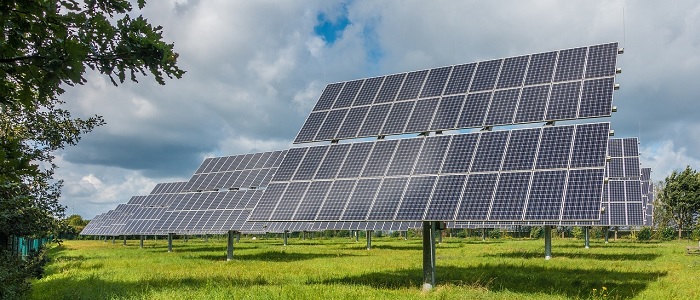With rising energy costs and increasing environmental concerns, homeowners across the United States are actively exploring strategies to incorporate renewable sources in their dwellings. Residential renewable energy systems offer a sustainable way to reduce utility bills and diminish one’s carbon footprint.
In this blog post, we will explore diverse strategies to save and invest in home-based renewable power. Understanding these tactics can empower individuals to make informed decisions, maximizing both financial benefits and sustainability. By implementing these steps, homeowners can contribute positively to the environment while enjoying economic advantages.
Understanding residential renewable energy

Before diving into specific methods for investing and saving, it is crucial to understand what residential renewable energy entails. Essentially, it involves harnessing sustainable sources like solar, wind, and geothermal energy to power homes. Solar panels are a prevalent option, converting sunlight into electricity.
Wind turbines, although more common in rural or open areas, can efficiently generate power by utilizing wind. Geothermal systems tap into the Earth’s internal heat for efficient heating and cooling. Each of these technologies presents unique benefits and can be tailored to different household needs.
Knowledge about the environmental impacts and costs associated with residential renewable energy is equally important. While initial investments might be substantial, the long-term savings — lower utility bills and potential tax incentives — can more than compensate. Moreover, transitioning to these energy systems significantly reduces reliance on fossil fuels, helping to decrease emissions.
Evaluating your home’s energy potential
One vital step in creating a robust residential renewable energy strategy is evaluating your home’s energy potential. This involves assessing your household’s specific needs and the surrounding environment. For instance, solar panels require ample sunlight, so evaluating roof orientation and shading is crucial.
An energy audit can be a valuable tool, providing insights into current energy usage patterns and identifying areas for improvement. Additionally, consider factors like local climate conditions and available space when exploring options for wind or geothermal energy systems.
Moreover, it is beneficial to analyze financial aspects, such as the cost of installation versus the potential savings on energy bills. Consider the availability of public incentives, rebates, or financing options specific to residential renewable energy. These financial factors will play a significant role in determining the feasibility and affordability of adopting renewable energy in your residence.
Considering energy storage solutions
An integral part of any residential renewable energy strategy is the incorporation of energy storage solutions. Solar and wind energy systems can produce excess electricity; traditionally, this excess is either sold back to the grid or wasted. Energy storage systems, such as batteries, allow homeowners to capture and store surplus energy for usage during peak demand periods or when production is low.
This not only leads to greater energy independence but also optimizes the efficiency of renewable energy systems. The cost-effectiveness of energy storage systems has improved significantly, making them a viable option for many households. Moreover, they can enhance energy security by providing backup power during outages.
Investing wisely in residential renewable energy
Embarking on the journey of investing in residential renewable energy involves several critical steps to ensure that your financial investment is sound. Understanding your budget constraints and financial goals is paramount. Start by calculating the potential return on investment (ROI) for different renewable energy systems.
Investing in residential renewable energy is a long-term financial commitment, so it’s advisable to consider not only the upfront costs but also the ongoing maintenance expenses and savings. Seek out available incentives and financial assistance programs. Federal and state governments often offer tax credits, rebates, and grants to encourage the adoption of renewable energy.
Prioritizing energy efficiency measures
Before investing in renewable energy technologies, it’s wise to prioritize energy efficiency measures in your home. Energy efficiency improvements, such as installing energy-efficient windows, enhancing insulation, or upgrading to LED lighting, can dramatically reduce overall energy demand.
These measures are typically more cost-effective and deliver immediate savings on utility bills, creating a solid foundation for subsequent investments in renewable energy systems. Energy efficiency and renewable energy technologies complement each other.
Engaging with community solar projects
For homeowners who lack suitable conditions for personal renewable energy installations, engaging with community solar projects offers a practical alternative. These projects allow individuals to invest in or subscribe to a shared solar power facility, receiving credits on their electricity bills for the energy generated.
Community solar is accessible to renters and those with unsuitable roofs, and it expands the accessibility of renewable energy benefits. Participating in community solar initiatives involves collaboration within local communities, often supported by local governments or nonprofit organizations.






